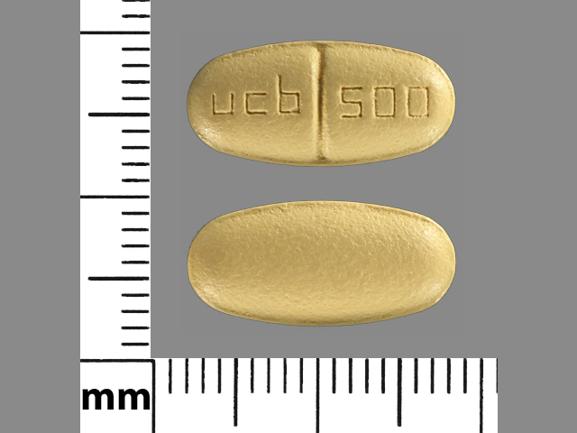Keppra Disease Interactions
There are 4 disease interactions with Keppra (levetiracetam).
Antiepileptics (applies to Keppra) suicidal tendency
Moderate Potential Hazard, Moderate plausibility. Applicable conditions: Depression, Psychosis
Antiepileptic drugs (AEDs) have been associated with an increased risk of suicidal thoughts or behavior in patients taking these drugs for any indication. Pooled analyses of 199 placebo-controlled clinical studies involving the use of 11 different AEDs showed that patients receiving AEDs had approximately twice the risk of suicidal thinking or behavior compared to patients receiving placebo. AEDs should be administered cautiously in patients with depression or other psychiatric disorders; phentermine-topiramate should be avoided in patients with history of suicidal attempts or active suicidal ideation. The risk of suicidal thoughts and behavior should be carefully assessed against the risk of untreated illness, bearing in mind that epilepsy and many other conditions for which AEDs are prescribed are themselves associated with morbidity and mortality and an increased risk of suicidal thoughts and behavior. Patients, caregivers, and families should be alert to the emergence or worsening of signs and symptoms of depression, any unusual changes in mood or behavior, or the emergence of suicidal thoughts or behavior. If patients have symptoms of suicidal ideation or behavior, a dosage reduction or treatment discontinuation should be considered.
Levetiracetam (applies to Keppra) hemodialysis
Moderate Potential Hazard, High plausibility.
Levetiracetam is removed by hemodialysis. Approximately 50% of the pool of levetiracetam in the body is removed during a standard 4-hour hemodialysis session. The manufacturer recommends a 250 to 500 mg supplemental dose following dialysis.
Levetiracetam (applies to Keppra) renal dysfunction
Moderate Potential Hazard, High plausibility.
Levetiracetam is primarily eliminated unchanged by the kidney. The clearance of levetiracetam is decreased in patients with renal impairment and is correlated with creatinine clearance. In study subjects with varying degrees of renal impairment, total body clearance of levetiracetam was reduced by 40% in the mild group (CrCl = 50 to 80 mL/min), 50% in the moderate group (CrCl = 30 to 50 mL/min), 60% in the severe group (CrCl < 30 mL/min), and 70% in anuric patients (end-stage renal disease) compared to patients with normal renal function (CrCl > 80 mL/min). Therapy with levetiracetam should be administered cautiously at reduced dosages in patients with impaired renal function. Dosage adjustments should be based on the degree of renal impairment (i.e. estimated creatinine clearance) in accordance with the product package labeling.
Levetiracetam (applies to Keppra) hematologic abnormalities
Minor Potential Hazard, Moderate plausibility. Applicable conditions: Neutropenia, Anemia
The use of levetiracetam may be associated with minor decreases in total red blood cell count, hemoglobin, and hematocrit. Possibly significant decreases in white blood cell and neutrophil counts may also occur infrequently, although these changes may return to normal despite continued treatment. Therapy with levetiracetam should be administered cautiously in patients with or predisposed to anemia or neutropenia.
Keppra drug interactions
There are 238 drug interactions with Keppra (levetiracetam).
Keppra alcohol/food interactions
There is 1 alcohol/food interaction with Keppra (levetiracetam).
More about Keppra (levetiracetam)
- Keppra consumer information
- Check interactions
- Compare alternatives
- Pricing & coupons
- Reviews (306)
- Drug images
- Latest FDA alerts (6)
- Side effects
- Dosage information
- Patient tips
- During pregnancy
- Generic availability
- Support group
- Drug class: pyrrolidine anticonvulsants
- Breastfeeding
- En español
Related treatment guides
Drug Interaction Classification
| Highly clinically significant. Avoid combinations; the risk of the interaction outweighs the benefit. | |
| Moderately clinically significant. Usually avoid combinations; use it only under special circumstances. | |
| Minimally clinically significant. Minimize risk; assess risk and consider an alternative drug, take steps to circumvent the interaction risk and/or institute a monitoring plan. | |
| No interaction information available. |
Further information
Always consult your healthcare provider to ensure the information displayed on this page applies to your personal circumstances.


